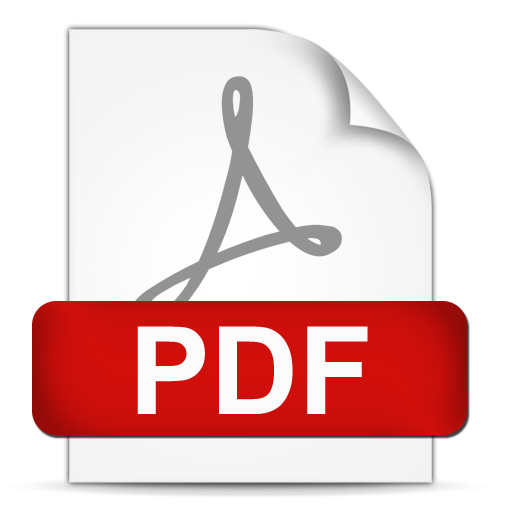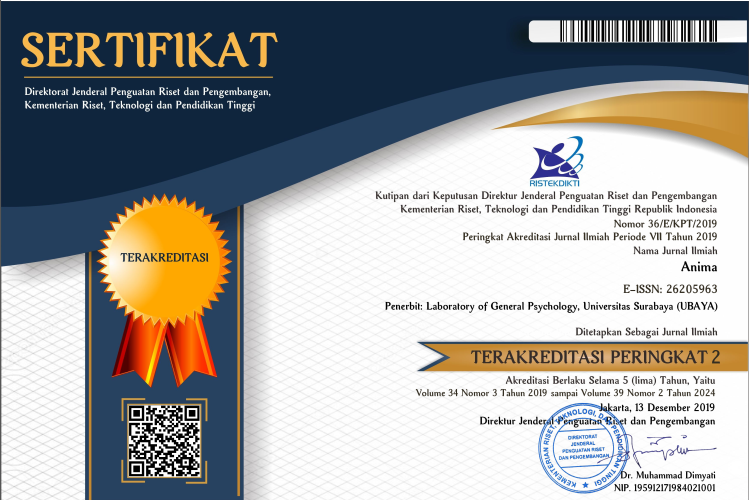Parental Mediation with Adolescent Users of I.T. Devices
 Abstract Views:
910 times
Abstract Views:
910 times
 PDF - Full Text Downloads:
952 times
PDF - Full Text Downloads:
952 times
Abstract
A parental strategy in relation to the influence of media usage (parental mediation), in this case that of the Internet on adolescents, is greatly needed. The ideal strategy is a combination of active mediation (discussion regarding the content), and restrictive mediation (determination of rules for media usage), however what is normally employed is still restrictive mediation and co-using mediation (the joint use of media with the child, but without parent-child interaction to explain media content and impact). In this research, the aim was to look at an illustration of parental mediation towards the child. Quantitative research, with purposive sampling was conducted, on 94 parents and 423 information technology-based junior high school students, using questionnaires based upon the Perceived Parental Media Mediation Scale (the reliability of the parental scale being .84, and that of the student scale being .84). From frequency analysis and correlation testing, it was found that the strategy of restrictive mediation was the dominant one used by parents. This was supported by the perceptions of the students. Types of employment, numbers of children, and education levels did not influence the type of parental mediation; however, the greater the ages of parents, the greater was the imposition of restrictions. From the research, a picture may be gained of the allocation of devices to students. Explanation is required, to parents, of the importance of active mediation, and the positive utilization of I.T. devices (hereinafter called ‘devices’) by students.
Downloads

This work is licensed under a Creative Commons Attribution-NonCommercial-ShareAlike 4.0 International License.
Articles published in ANIMA are licensed under a Creative Commons Attribution-NonCommercial-ShareAlike 4.0 International license. You are free to copy, transform, or redistribute articles for any lawful, non-commercial purpose in any medium, provided you give appropriate credit to ANIMA and the original Author(s), link to the license, indicate if changes were made, and redistribute any derivative work under the same license.
Copyright on articles is retained by the respective Author(s), without restrictions. A non-exclusive license is granted to ANIMA to publish the article and identify itself as its original publisher, along with the commercial right to include the article in a hardcopy issue for sale to libraries and individuals.
By publishing in ANIMA, Author(s) grant any third party the right to use their article to the extent provided by the Creative Commons Attribution-NonCommercial-ShareAlike 4.0 International license.

 DOI:
DOI:



